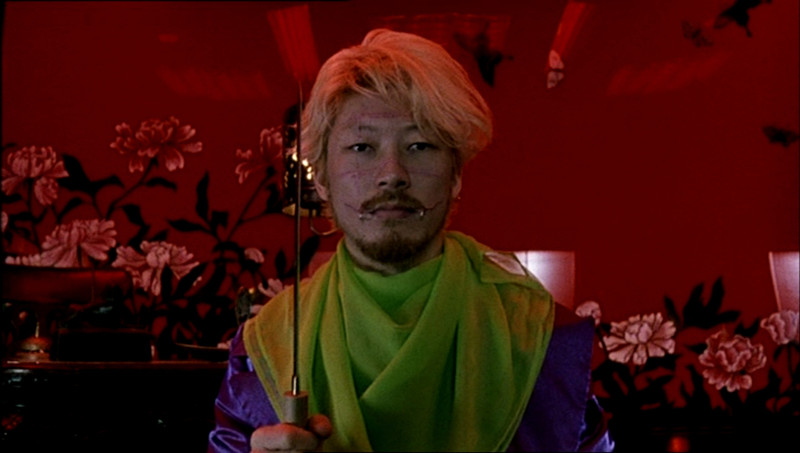
One of the lengthiest and most obscure debates among cinema fans is regarding the topic of what is cult, what is art-house, and what is mainstream. Usually, discussions like that do not reach a definite conclusion. However, there are some themes, notions and events that define what is cult, which is the point of interest of this particular list.
The filmmakers that shot the films on this list challenged the notions of everything considered normal and even acceptable by society, in terms of politics, culture, history, society, violence and sex.
This tactic originated from their nonexistent regard for commercial success and resulted in broken taboos, offensive and even blasphemous images, characters, dialogues and themes, and even to a number of hilarious films, particularly due to their preposterousness and nonsensicality.
Some of these films have been banned for decades and continue to be banned or heavily censored in a number of countries, and there have been incidents where unsuspecting “mainstream” spectators run away from their screenings, because they were offended, terrified, or even disgusted.
Nevertheless, a rather large cult audience has surfaced during the last few decades, giving the category the popularity it never enjoyed in previous years, whose main characteristic is their non-regard for anything mainstream.
However, there are filmmakers like Takeshi Kitano, whose works transcend classification, and result in cult films that mainstream or art-house audience enjoy (or vice versa), blurring the boundaries between the categories even more.
Here is a list with 30 films that are definitely cult, in chronological order.
1. Gate of Flesh (Seijun Suzuki, 1964)
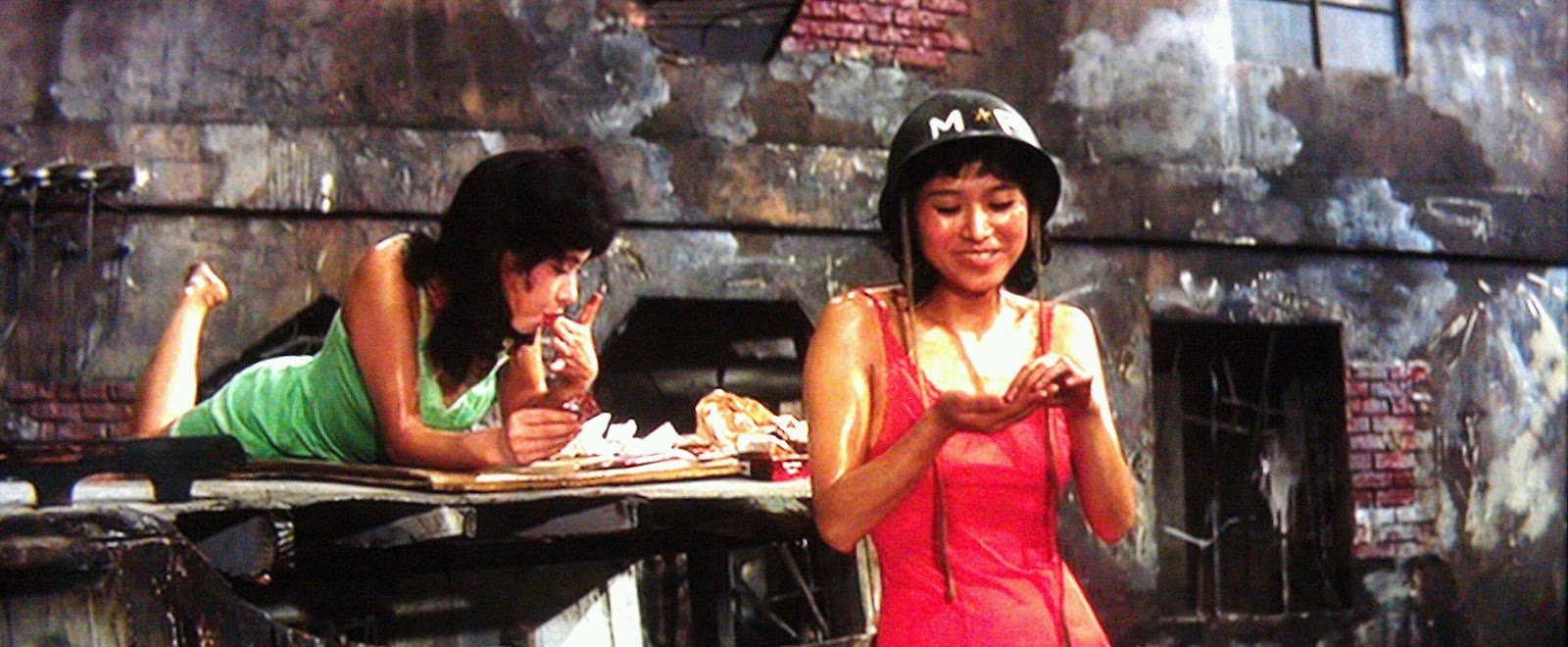
The film was considered notorious at the time for its subject matter and extreme nudity, something that led most actresses at Nikkatsu to refuse to work on it, and Suzuki had a difficult time filling the cast’s female roles.
Based on the homonymous novel from Taijiro Tamura, “Gate of Flesh” tells the story of a band of prostitutes in the ruined Tokyo after World War II. In order to survive Yakuza and the Americans, and to make a meager living, the girls band together in a ramshackle, under the strict leadership of Komasa Sen and a sole law: never give a man sex without being paid.
Eventually, a fragile girl named Maya joins their ranks and soon after, an ex-soldier named Shintaro Ibuki, who holds a grudge against Americans. Shintaro becomes a temptation for all the girls with his strength and passion that soon lead him into taking over the gang.
Seijun Suzuki created an awful environment where good is almost totally absent and happiness even more scarce. The sentiment is heightened by the production design, which consisted mainly of material pilfered from other studios and resulted in a background that looks like a ghetto. Also of notice is his use of color that could be only described as hyperbolic splash, which has an impressive result in its overall depiction.
2. The Embryo Hunts in Secret (Koji Wakamatsu, 1966)
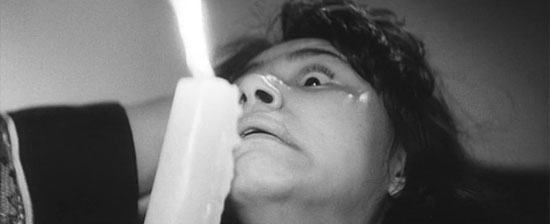
Fed up with Nikkatsu and its lack of support and constant meddling in his films, Koji Wakamatsu quit and established his own production company. “The Embryo Hunts in Secret” was his first self-financed film, where he finally let loose his artistic ingenuousness.
A young girl named Yuka is convinced by her manager to go home with him. However, when they go inside, the manager’s issues take control of him and result in him torturing the girl, at least when he is not putting makeup on her or crying in a fetal position.
Wakamatsu created a claustrophobic though poetic nightmare, which lingers between art and torture film, in a spectacle that benefits the most from the male’s paranoia, the blending of the character’s thoughts with reality, the almost empty room, the silence during the tortures, and the evident no-budget nature.
3. Branded to Kill (Seijun Suzuki, 1967)
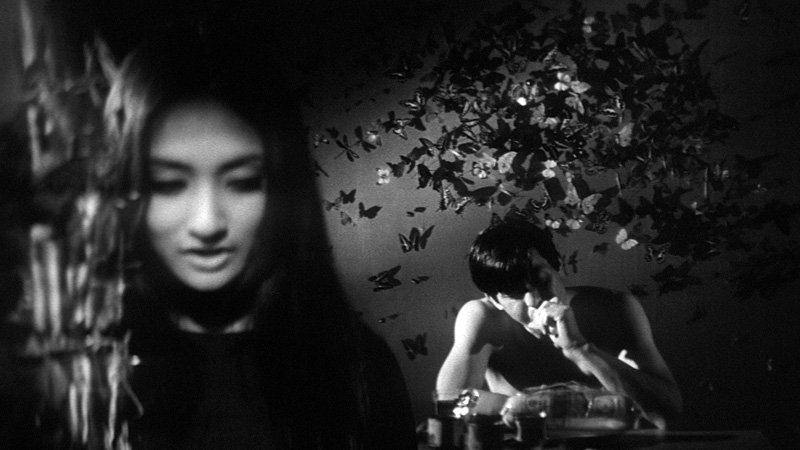
The number three professional hit man in the world is a very peculiar man with a fetish for boiled rice and an obsession to become number one. In order to accomplish this, he takes on a series of increasingly deranged assignments. In one of them, he meets a mysterious woman who he falls in love with, in a relationship that eventually brings him against other contract killers.
This black and white preposterous film, which lingers somewhere between metaphysical thriller and noir, was the reason Suzuki clashed with and eventually left Nikkatsu Studios, particularly because he ignored and even mocked all the gangster film conventions. His ingenuity, however, becomes evident once more through a number of visual and thematic surprises incorporated in the film.
4. Kuroneko (Kaneto Shindo, 1968)
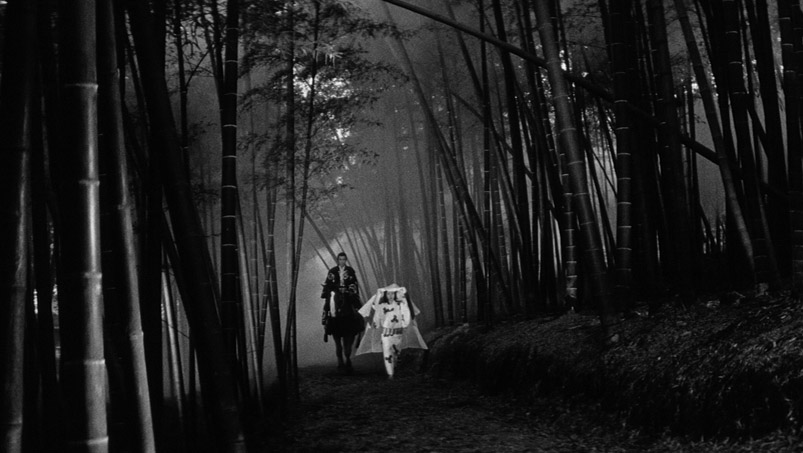
During a civil war in Japan’s Heian period, a woman and her daughter are raped and murdered by soldiers. After the end of the war, samurai are continuously found decapitated near the place the women used to live. The governor sends a newly appointed samurai to discover the murderer, who seems to be a ghost. The samurai will meet with the two women along with an almighty demon.
Kaneto Shindo adapted the vampiric myth into Japanese tradition, which was already filled with stories about demons, ghosts, and spirits. The genuine terror combined with a sense of extreme eroticism, the tension produced by the contrast of the black and white cinematography, and the splendidly choreographed aerial battles of the characters, establish “Kuroneko” as one of the most artful cult films of all time.
5. Funeral Parade of Roses (Toshio Matsumoto, 1969)
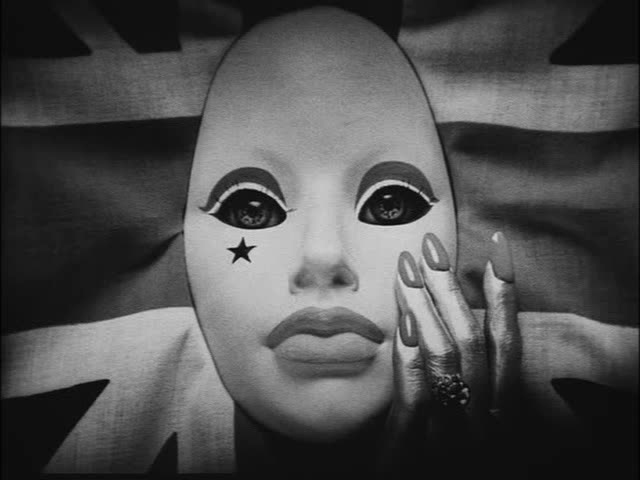
Toshio Matsumoto is one of the most renowned artists and academics in Japan, and aside from being one of the most prominent members of the New Japanese New Wave in film and an accomplished photographer, he is also a professor and Dean of Arts at the Kyoto University of Art and Design, and the President of the Japan Society of Image Arts and Sciences. “Funeral Parade of Roses” is his debut and his most distinct film.
Trying to survive her traumatic past, a young transvestite strikes an affair with an older man, who is also the owner of the nightclub where she works. However, she does not know that he is the one holding the key to the tragic destiny she is meant to face.
The film is a masterful combination of avant-garde and exploitation aesthetics that result in a collage of dialogues, memories, interviews, thoughts, lyrics and extracts presented in psychedelically vague narration, rather than a “regular” film.
Furthermore, Matsumoto managed to demolish almost every taboo existing at the time: nudity, sex, drugs, but most of all, the unfaltering depiction of the Japanese gay society through the eyes of a transvestite, which made the majority of the other films of the movement seem almost conservative.
6. Horrors of Malformed Men (Teruo Ishii, 1969)
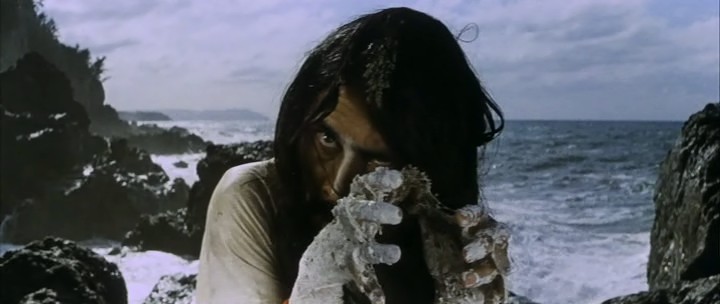
This film stands out in the vast filmography of Teruo Ishii because it was the only one banned from screening, a rather peculiar practice since his other films were exploitation and ero-guro themed productions. The cause of the film’s banishment seems to have been its mockery of deformities, a subject that prevents its screening in Japan even today. The film would have been lost if not for an American DVD release, almost 40 years after its original shooting.
Hirosuke Hitomi is a mental institution patient who is obsessed with an unknown island and a disfigured individual, which he cannot justify if they are real or figments of his imagination.
Also in search for his father, he escapes the asylum only to be framed for the death of a circus girl. Eventually, he discovers that he has to resurrect a man that looks exactly like him and investigate Jogoro, a man trying to create a utopia on his own island, in order to uncover his past.
More like an absurd collage of several of Edogawa Rampo’s famous and weird stories than an actual film, “Horrors of Malformed Men” lingers between a disturbed nightmare and a surreal video clip. The spectacles of Jogoro dancing, who is actually played by the founder of Butoh, Hijikata Tatsumi, and the many malformed creatures make for an onerous film, which not even nudity could tone down.
7. Blind Woman’s Curse (Teruo Ishii, 1970)
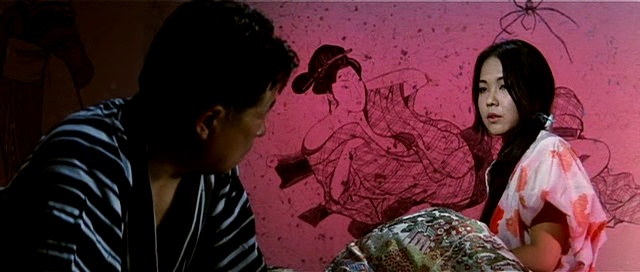
“Blind Woman’s Curse” is a distinct entry in both the exploitation genre and Teruo Ishii’s filmography, particularly because it involved the supernatural, a practice rarely used in similar films.
Akemi is the leader of the Tachibana gang and rival to Boss Goda. During a standoff between the two, she accidentally blinds his younger sister Aiko. The girl then proceeds on training to seek revenge against Akemi, who is at war with rival gangs trying to usurp her territory. Aiko sides with the leader of one of the rivals, only to realize that they are a bunch of worthless individuals.
In her struggles, a black cat and a dancing hunchback, who has to be one of the strangest characters ever to appear on film and is played once more by Hijikata Tatsumi, assist her.
Despite the surreal element, the film entails a number of impressive action scenes, particularly the initial one, and the one where the two female characters face each other.
Meiko Kaji as Akemi and Hoki Tokuda as Aiko are magnificent, in distinct cult fashion.